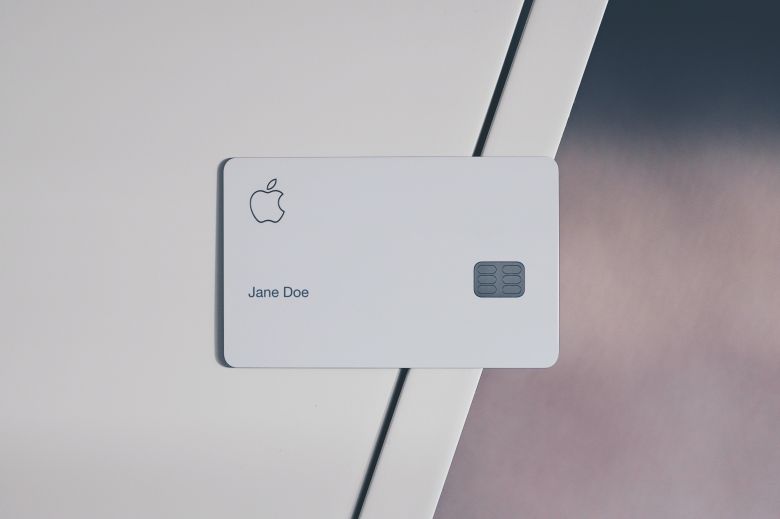Here at the blog, we’re big fans of technology and all its wonderful applications. And one of the technologies we’re particularly fascinated with is RFID. RFID, or radio frequency identification, is a system that uses radio waves to read data from tags attached to objects. This system has a number of fascinating applications, such as tracking the movement of inventory in stores or tracking the whereabouts of patients in hospitals. So if you’re curious about how RFID works, or want to know more about the different types of RFID tags and systems, read on!
What is RFID?
RFID is a technology that uses radio waves to read and write data. It’s commonly used in the electronics industry, where it’s used in a variety of applications, including payment systems, containers, and tags. RFID chips are small and easy to install, so they’re commonly used in the electronics industry. They can be read by devices with special readers or antennas, allowing you to track items or information.

How does RFID work?
RFID tags are small electronic chips that can be attached to objects like clothes and products. When a reader is close enough, the chip sends out an electromagnetic signal that’s read by the reader. This information can then be used to identify and track the tag-ged object. RFID technology has many applications, such as in tracking items in warehouses and retail stores. It’s also being used in the medical industry, where tags are attached to patients’ medical devices in order to track their movements and health data. So, next time you’re in the supermarket or department store, take a look at the tags on the products and see how RFID technology is being used to make your shopping experience easier and more efficient.
What are RFID tags and smart labels?
Have you ever felt the need to know the basics about RFID tags? If the answer is yes, then read on! RFID tags are tiny chips that can be placed on objects to track their movements and identify them. They’re often used in warehouses, retail stores, and other places where goods need to be tracked. The information gleaned from the tag’s unique code is then used for monitoring purposes or automation. So, the next time you have to ask someone about the technology, be sure to have this blog post at the ready!

What are the types of RFID systems?
If you’re at all curious about the technologies that are being used in the world today, you’ll want to read this blog post about RFID. RFID, or radio frequency identification, is a system that uses radio waves to identify tagged objects. There are three types of RFID systems – contact, noncontact, and passive – and each has its own advantages and disadvantages. Contact RFID systems involve the use of tags that come in contact with the object being identified, while passive RFID systems don’t use any power at all and rely on tag readers to collect information about tagged objects automatically. Additionally, RFID is a technology that uses radio waves to identify objects. So, what are the types of RFID systems?
RFID vs. NFC
RFID technology and NFC technologies are both types of radio-frequency identification (RFID) tags. RFID tags are small, thin tags that are attached to objects or surfaces. RFID technology uses radio waves to read and write data to the tag, which makes it more secure than NFC tags. RFID tags can be used in a wide variety of products, including clothes and passports. The downside is that RFID tags are more expensive than NFC tags and require special readers to work correctly.
Conclusion
RFID is a technology that allows tags to be read by radio frequencies. These tags are often used in tracking and identification applications, such as in the supply chain or in the identification of inventory. RFID tags are also used in contactless reader applications, such as in smart tags in retail stores or in tags attached to objects in the environment. In short, RFID is the technology that allows tags to be read and tracked with radio frequencies. For more information on the basics of RFID, read on below!
